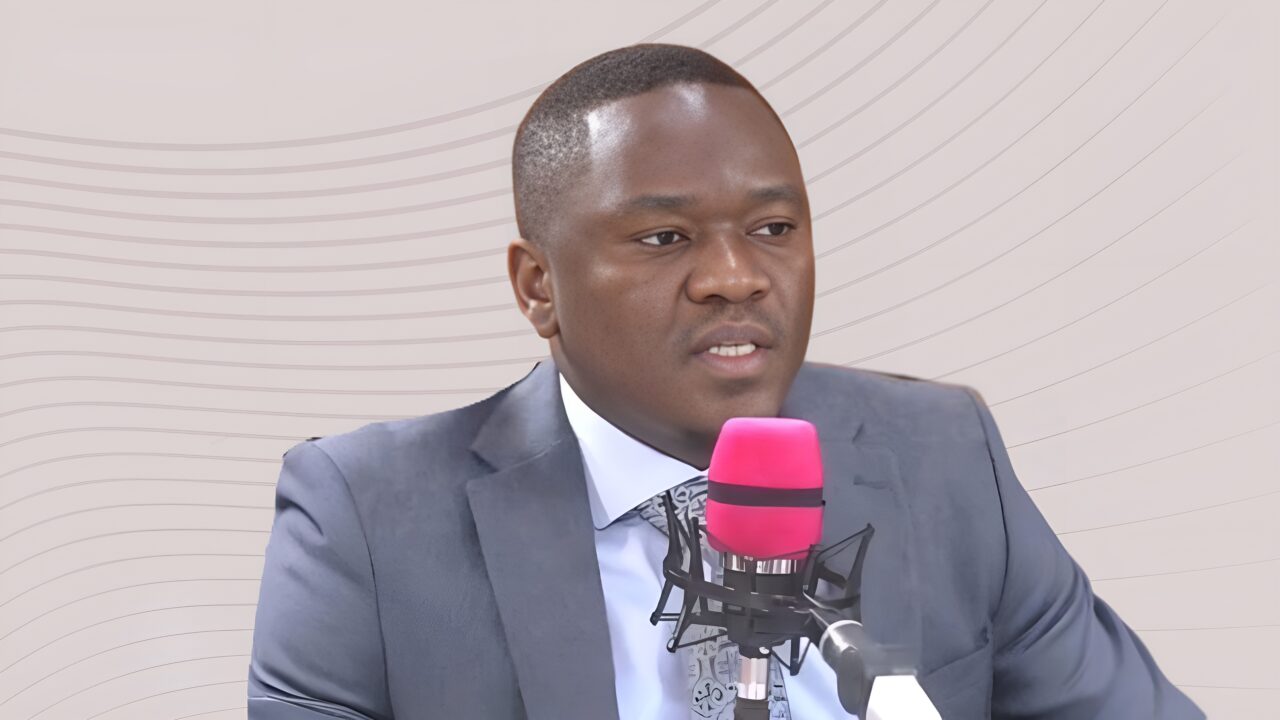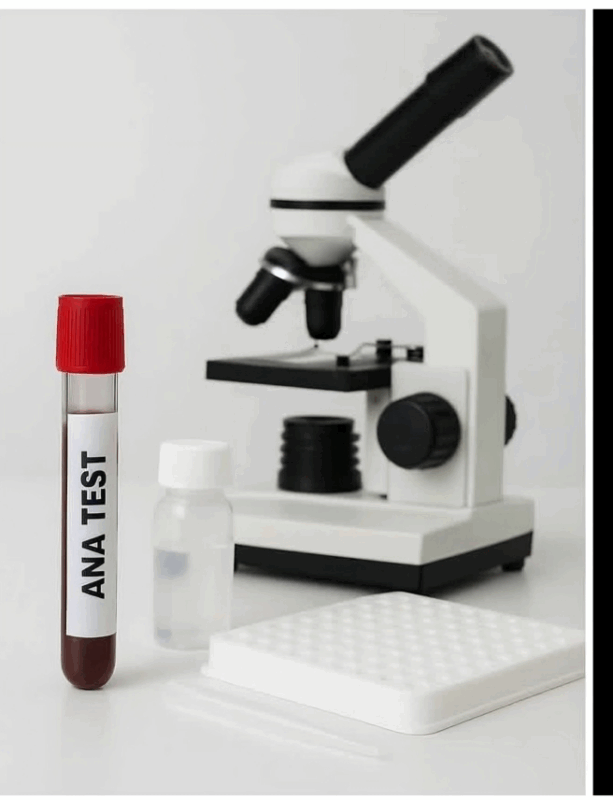
Understanding Anti-Nuclear Antibodies and Their Role in Autoimmune Disease Screening
Samwel Mikaye, Chief Executive Officer at Samik Medical Center, shared in the Laboratory Professionals International group on LinkedIn:
”Anti-Nuclear Antibody (ANA)
What Are They?
Anti-nuclear antibodies (ANA) are autoantibodies produced by the immune system that mistakenly attack the nucleus of the body’s own cells. The nucleus contains DNA, RNA, and associated proteins, so ANA may target these nuclear components, including nucleotides.
Why Are ANA Tested?
The ANA test is mainly used to screen for autoimmune diseases, especially:
• Systemic Lupus Erythematosus (SLE) — most commonly associated
• Sjögren’s Syndrome
• Scleroderma (Systemic Sclerosis)
• Mixed Connective Tissue Disease
• Autoimmune Thyroid Disorders (sometimes)
• Rheumatoid Arthritis (occasionally)
How Is the Test Reported?
• Results are given as titers, such as 1:40, 1:160, or 1:320.
• A higher titer suggests stronger autoimmune activity.
• The pattern seen in the lab (e.g., homogeneous, speckled, nucleolar, or centromere) may help indicate which autoimmune condition is more likely — but pattern alone is not diagnostic.
Important Interpretation Notes
• A positive ANA does not always mean disease.
• Many healthy individuals, especially elderly or those with infections, may have low-level ANA positivity.
• A negative ANA makes lupus very unlikely, but does not completely rule out all autoimmune disorders.
• Additional specific antibody tests (like anti-dsDNA, anti-Smith, anti-Ro/La) are often required to confirm diagnosis.
Key Takeaways
- ANA are antibodies that react against the body’s own cell nuclei
- Used mainly as a screening tool for autoimmune diseases like lupus
- Positive ANA alone is not enough for diagnosis — symptoms and further tests are essential
- Negative ANA reduces likelihood of lupus significantly.”

Stay updated with Hemostasis Today.
-
Nov 29, 2025, 18:55Ahmad Thuaimer: Success Story – Advanced Interventional Care for DVT
-
Nov 29, 2025, 17:37Almahdi Ali Explores Ipsilateral Paradoxical Thromboembolism at 22nd European Angiology Days 2025
-
Nov 29, 2025, 17:23Jack Shuang Hou Shares Major Neurology Updates This Week
-
Nov 29, 2025, 16:52Federica Fogacci on Further Strengthening Collaboration Within the Lp(a)CCELERATE Study
-
Nov 29, 2025, 16:42Dr Abdul Mannan on the Echinocyte: Mastering the Diagnostic Duality of Artifact vs. Pathology
-
Nov 29, 2025, 16:42Vikas Dua: Heme Next 1.0 A Conference with a Difference
-
Nov 29, 2025, 16:41Hind Ali: Sources Of Error in Cell Counts
-
Nov 29, 2025, 16:40Maxime Dely: Even on a Break, You Can Give
-
Nov 29, 2025, 16:39Shrinidhi Nathany: HemeNext Brings Science, Technology, and Leadership Together
